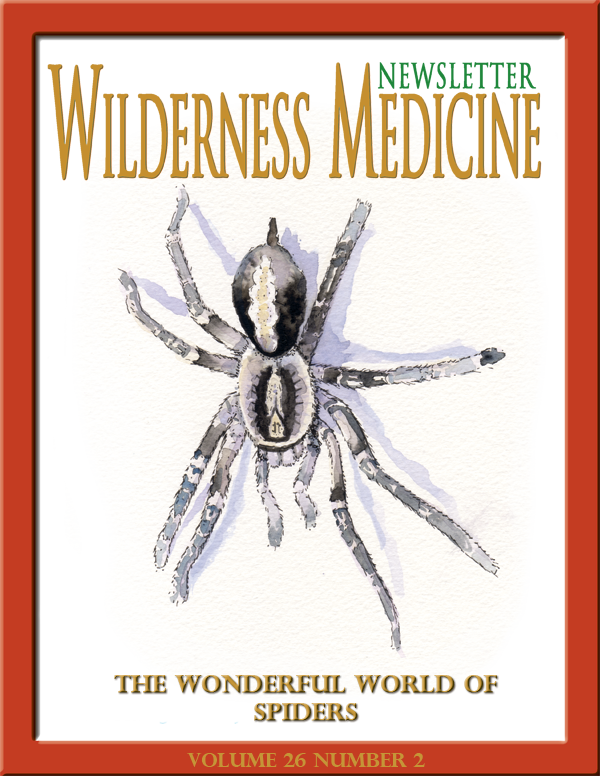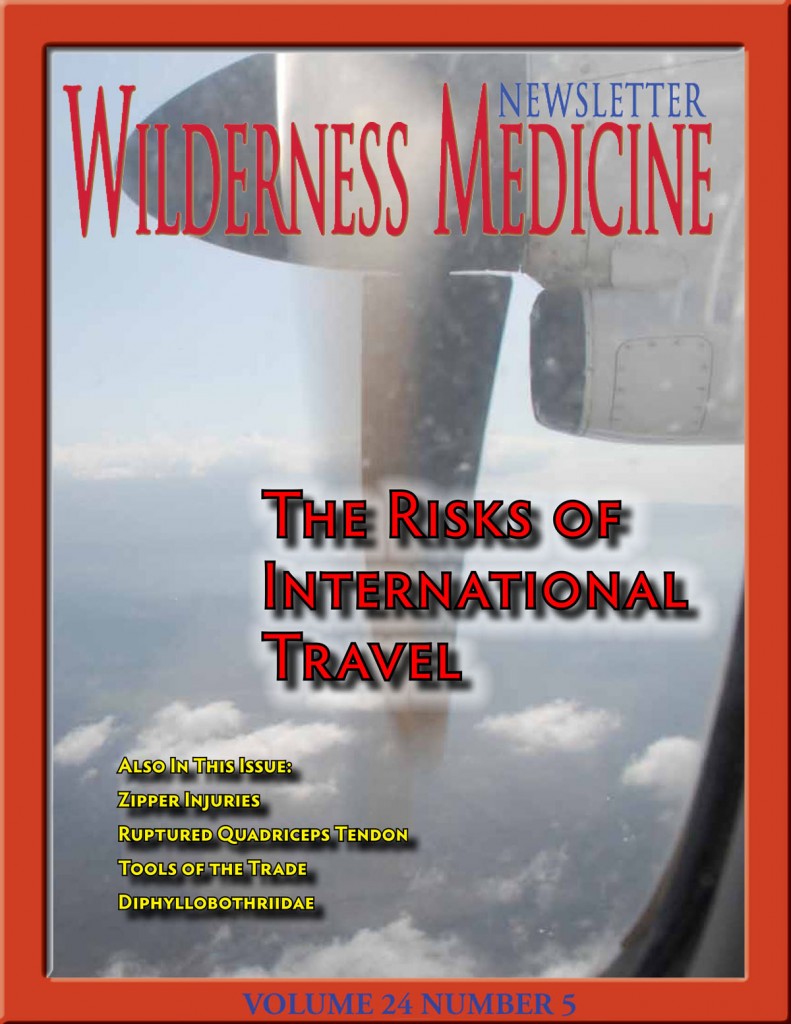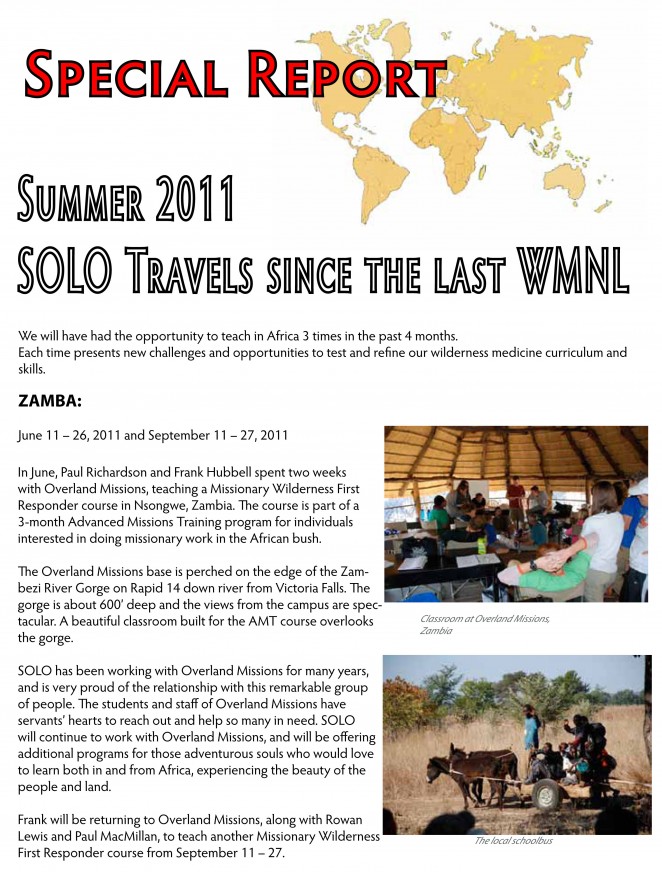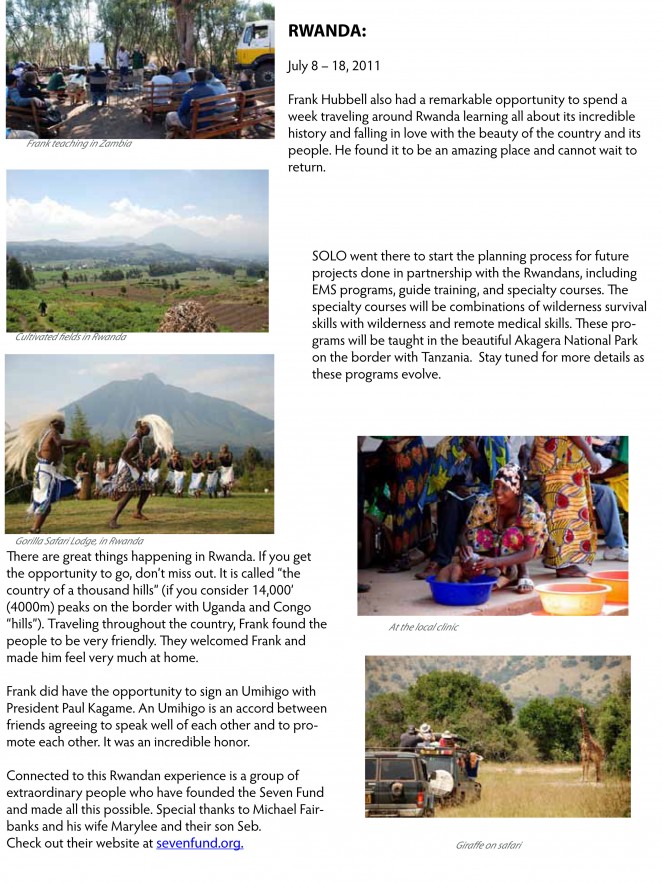YOUR PASSPORT TO INTERNATIONAL TRAVEL HEALTH and SAFETY

Volume 30 Number 1 ISSN:1059-6518
By Frank Hubbell, DO
FACT: 1.1 billion people cross international borders every year!
How many of these international travelers know what is waiting for them at the end of the runway or on the other side of the border? At home you are most likely safe. You have potable drinking water, safe food to eat, reliable power, screens on your windows and doors to protect you from marauding insects, and have excellent, available, immediate health care when needed. To put it simply, most of us live in a bubble. The question is, are you sure that you are prepared for the times when you leave the safety of your bubble?
This is the material that we use in our Travel Clinic to help educate and prepare people for international travel. We offer it here for your review and, if necessary, take with you to a consult for travel medicine.
TRAVEL PLANS:
Make Out a Trip Itinerary:
When are you going and for how long?
Leaving:
Returning:
Where are you going?
Rural:
Urban:
What are you planning on doing while there?
Travel plans?
How are you planning on getting around?
Previous International Travel History:
When did you go?
Where did you go and for how long?
MEDICAL HISTORY:
Past Medical and Surgical History:
Allergies
Medications – name and dosage
Immune Status – any history of autoimmune diseases, HIV, DM




